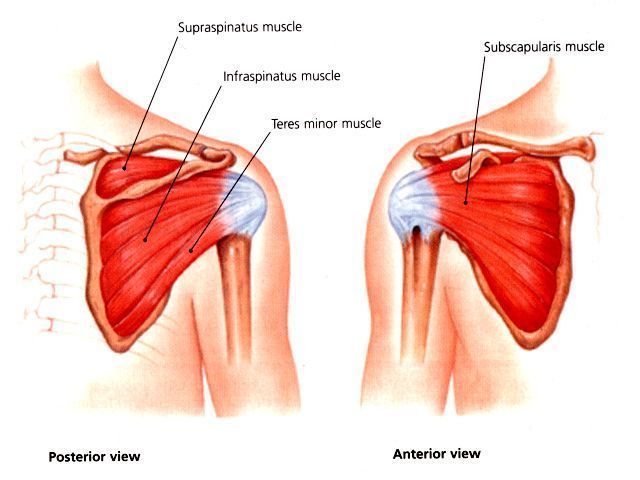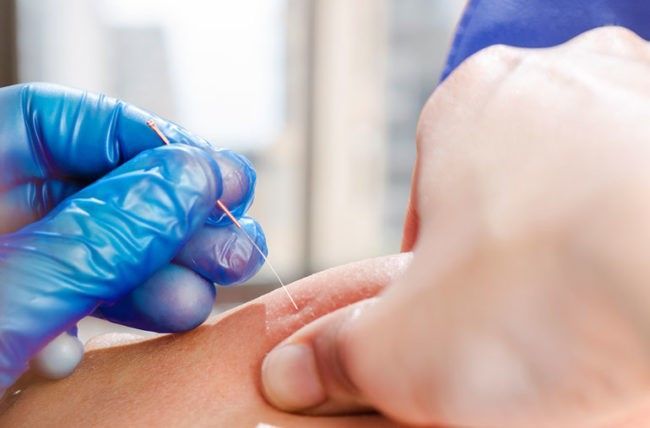Aine Tunney • October 14, 2020
The Iliotibial Band (ITB)
The Iliotibial Band (ITB)
Did You Know…?
- The Iliotibial Band (ITB) is the longest tendon of the body.
- The ITB does not contract and relax but is used for energy storage and to provide us with a release of elastic energy as we stride, run, move.
- The ITB is firmly anchored all along the outside of the femur (thigh bone), from hip to knee.
- The distal fibres of the ITB blend with the joint capsule of the knee. This is the site of ITB pain, especially in runners.
- Because of its anatomic properties and the human body’s biomechanics, the ITB cannot slide during movement and there is minimal elongation (approx. 2 millimeters)….this means we cannot meaningfully stretch the ITB!
- The best muscles to target with soft tissue work (massage, foam rolling, etc.) and, most importantly, strengthening work are the Gluteals , particularly Glute Max , and the Tensor Fascia Latae
- Addressing running biomechanics, lumbopelvic and hip stability and strength are important if you are experiencing ITB pain (pain on the outside of the knee) when running or on increased activity.
Aine Tunney MISCP
Senior Physiotherapist
References:
Falvey et al, 2010; Willet et al, 2016; Wilhelm et al, 2017.





